This years walk at Cook forest were split between shelters 1 and 2 with walk leaders Richard Jacob and Adam Haritan respectively and a roughly equal number of participants. Unfortunately due to the short notice that participants received not everyone could make it. We will look at changing sign up to first come first served so that people receive plenty of notification in the future. Despite the lower number of participants than expected both groups found plenty of mushrooms. As per other locations where we have walked this year we may not have found a lot of anyone species we did find plenty of variety.
Richard Jacob writes at shelter 1 we found very few Amanita and Cortinarius species. We did found a number of bolete species including Boletus edulis which made up for it. Many of us found a colony of Cordyceps militaris during the walk resulting in a hunt for the bodies. The other common cordeceps at the location Tolypocladium ophioglossoides (Goldenthread cordyceps) was also found further in the the walk on a slope. There were quite a few Lycoperdon perlatum (Gem-studded Puffball) around too.
From Shelter 2 Adam reported that despite the relatively dry conditions, a decent number of species were found within the 2-hour walk. The most prolific species were False Chanterelles (Hygrophoropsis aurantiaca) and Dotted-Stalk Suillus (Suillus granulatus/weaverae). Surprisingly, no honey mushrooms were found on our walk, and the usual diversity of Cortinarius was lacking as well. Still, most of the major groups of fungi were represented at the identification table and the Club has a few new species to add to the clubs life list.
Other interesting species of note were Melanophyllum haematospermum and Stereum gausapatum (Bleeding Oak Crust), both of which had been found at Hartwood Acres but not many other locations. A fun find is Pseudohydnum gelatinosum (Cats tounge) a transparent toothy jelly mushroom. Finally Ischnoderma benzoinum was identified which according to Gary Lincoff Cook Forest was the only know East coast location for this typical west species.
A few of us explored the Firetower region with its oak forest. We found a few more species of mushrooms but conditions were very dry and we did not see many of the species we typically find in the area.
Species list entered by Adam Haritan and Richard Jacob. Species identified by Cara Barkley Coulter, Adam Haritan Richard Jacob, Judy Mackenroth, Tom McCoy (from Mycological Association of Washington), La Monte Yaroll and others.
List of species found on the walk at Cook Forest State Park (combined list):
[icon style=”camera”] Agaricus leptocaulis (),
[icon style=”camera”] Agrocybe acericola (Maple Agrocybe),
[icon style=”camera”] Amanita amerifulva (American Orange-Brown Ringless Amanita),
[icon style=”camera”] Amanita flavoconia (Yellow Patches),
[icon style=”camera”] Amanita muscaria var. guessowii (Fly Agaric),
[icon style=”camera”] Armillaria mellea (Honey mushroom),
[icon style=”camera”] Austroboletus gracilis (Graceful Bolete),
[icon style=”camera”] Boletus edulis (King Bolete; Porcini; Cepe; Steinpilz),
[icon style=”camera”] Boletus subvelutipes (Red-Mouth Bolete),
[icon style=”camera”] Calocera cornea (Yellow tuning fork),
[icon style=”camera”] Cantharellus tubaeformis (),
[icon style=”camera”] Cerioporus leptocephalus (Elegant Polypore),
[icon style=”camera”] Chlorociboria aeruginascens (Blue-green Stain),
[icon style=”camera”] Cladonia squamosa (),
[icon style=”camera”] Clitocybe clavipes (Fat-footed Clitocybe),
[icon style=”camera”] Clitocybe odora (Anise Scented Clitocybe),
[icon style=”camera”] Coprinus lagopus (Wooly Stalked Coprinus),
[icon style=”camera”] Cordyceps militaris (Trooping Cordyceps),
[icon style=”camera”] Cortinarius harrisonii (),
[icon style=”camera”] Crepidotus applanatus (Flat Crep),
[icon style=”camera”] Dacrymyces capitatus (),
[icon style=”camera”] Daedaleopsis confragosa (Thin maze polypore),
[icon style=”camera”] Elaphomyces verruculosus (Deer truffle, False truffle),
[icon style=”camera”] Entoloma vernum (Spring entoloma),
[icon style=”camera”] Entoloma strictius (),
[icon style=”camera”] Fomitopsis ochracea (),
[icon style=”camera”] Fomitopsis pinicola (Red Bealted Polypore),
[icon style=”camera”] Ganoderma applanatum (),
[icon style=”camera”] Ganoderma lobatum (Soft Artist’s Conk),
[icon style=”camera”] Ganoderma tsugae (Hemlock Varnish-shelf),
[icon style=”camera”] Gloeoporus dichrous (),
[icon style=”camera”] Gymnopus dryophilus (Oak-loving Collybia),
[icon style=”camera”] Gymnopus subnudus (),
[icon style=”camera”] Hygrophoropsis aurantiaca (False Chanterelle),
[icon style=”camera”] Hymenopellis furfuracea (),
[icon style=”camera”] Hypocrea pulvinata (Polypore hypocrea),
[icon style=”camera”] Inosperma calamistratum (), (Inocybe calimistrata)
[icon style=”camera”] Isaria tenuipes (),
[icon style=”camera”] Ischnoderma benzoinum (),
[icon style=”camera”] Laccaria amethystina (Amethyst Tallow-gill or Amethyst Deceiver),
[icon style=”camera”] Laccaria bicolor (),
[icon style=”camera”] Laccaria ochropurpurea (Purple-gilled Laccaria),
[icon style=”camera”] Lactarius deceptivus (),
[icon style=”camera”] Lactarius deterrimus (Orange-latex Milky),
[icon style=”camera”] Lactarius griseus (),
[icon style=”camera”] Lactarius hibbardiae (),
[icon style=”camera”] Lactarius lignyotus (),
[icon style=”camera”] Lactarius uvidus (),
[icon style=”camera”] Laetiporus huroniensis (Chicken of the Woods on conifer),
[icon style=”camera”] Laetiporus sulphureus (hicken of the woods),
[icon style=”camera”] Lanmaoa pseudosensibilis (),
[icon style=”camera”] Leccinum snellii (),
[icon style=”camera”] Lepiota clypeolaria (AKA Lepiota magnispora),
[icon style=”camera”] Lycoperdon perlatum (Gem-studded Puffball),
[icon style=”camera”] Lycoperdon pyriforme ( Pear-shaped Puffball ),
[icon style=”camera”] Marasmius opacus (),
[icon style=”camera”] Melanophyllum haematospermum (),
[icon style=”camera”] Mycena epipterygia (Yellow-stalked Fairy-helmet),
[icon style=”camera”] Mycena leaiana (Orange Mycena),
[icon style=”camera”] Mycena sanguinolenta (),
[icon style=”camera”] Neofavolus alveolaris (Hexagonal-pored Polypore),
[icon style=”camera”] Nolanea verna (),
[icon style=”camera”] Panellus stipticus (Luminescent Panellus, bitter oyster),
[icon style=”camera”] Paxillus involutus (),
[icon style=”camera”] Peziza phyllogena (),
[icon style=”camera”] Phaeohelotium epiphyllum (),
[icon style=”camera”] Phaeolus schweinitzii (Dyer’s pollypore or velvet-top fungus),
[icon style=”camera”] Phaeotremella frondosa (Jelly Leaf),
[icon style=”camera”] Pholiota aurivella (),
[icon style=”camera”] Pholiota squarrosoides (),
[icon style=”camera”] Piptoporus betulinus (Birch Polypore),
[icon style=”camera”] Pleurotus pulmonarius (Summer Oyster),
[icon style=”camera”] Pluteus cervinus (Deer mushroom),
[icon style=”camera”] Postia ptychogaster (),
[icon style=”camera”] Pseudohydnum gelatinosum (),
[icon style=”camera”] Pycnoporus cinnabarinus (Cinnabar Red Polypore),
[icon style=”camera”] Radulomyces copelandii (Asian beauty),
[icon style=”camera”] Ramaria formosa (beautiful clavaria, handsome clavaria, yellow-tipped- or pink coral fungus),
[icon style=”camera”] Ramaria stricta (),
[icon style=”camera”] Retiboletus ornatipes (),
[icon style=”camera”] Rickenella fibula (Orange Moss Agaric),
[icon style=”camera”] Russula aeruginea (),
[icon style=”camera”] Russula brevipes (),
[icon style=”camera”] Russula compacta (Firm Russula),
[icon style=”camera”] Russula mariae (Purple-bloom Russula),
[icon style=”camera”] Russula virescens (),
[icon style=”camera”] Scleroderma cepa (),
[icon style=”camera”] Scleroderma citrinum (Pigskin Poison Puffball),
[icon style=”camera”] Scutellinia pennsylvanica (),
[icon style=”camera”] Stereum complicatum (Crowded Parchment),
[icon style=”camera”] Stereum gausapatum (Bleeding Oak Crust),
[icon style=”camera”] Stereum ostrea (False Turkey-tail),
[icon style=”camera”] Stereum sanguinolentum (),
[icon style=”camera”] Suillus americanus (American Slippery Jack; Chicken Fat Suillus),
[icon style=”camera”] Suillus granulatus (Dotted-stalk Suillus; Granulated Slippery Jack),
[icon style=”camera”] Suillus placidus (),
[icon style=”camera”] Sutorius eximius (Lilac-Brown Bolete),
[icon style=”camera”] Tolypocladium ophioglossoides (Goldenthread cordyceps),
[icon style=”camera”] Trametes versicolor (Turkey tail),
[icon style=”camera”] Tremella mesenterica (Witches’ Butter),
[icon style=”camera”] Trichaptum biforme (Violet Toothed-Polypore),
[icon style=”camera”] Trichoderma harzianum (),
[icon style=”camera”] Tricholomopsis decora (Decorated Mop),
[icon style=”camera”] Tyromyces chioneus (White Cheese Polypore),
[icon style=”camera”] Xerocomellus chrysenteron (Red-Cracked Bolete),
[icon style=”camera”] Xeromphalina campanella (Fuzzy-foot),
[icon style=”camera”] Xerula furfuracea (Rooted Collybia),
[icon style=”camera”] Xerula rubrobrunnescens ()
Species not currently on clubs life list:
[icon style=”camera”] Agaricus leptocaulis (),
[icon style=”camera”] Inocybe calamistrata (),
[icon style=”camera”] Lactarius hibbardiae (),
[icon style=”camera”] Leccinum snellii (),
[icon style=”camera”] Postia ptychogaster (Powderpuff bracket),
[icon style=”camera”] Stereum sanguinolentum (Bleeding Conifer Crust),
[icon style=”camera”] Trichoderma harzianum (),
Scutellinia species with narrowlyelipsoide spores and long margin hairs that does not match any of the known species.
Lichen
Cladonia squamosa (),
Antrodia sp.
Copvinus sp.
Evernia sp.
Gymnopdius sp.
Incoybe sp.
Nolenea sp.
Russula sp.
Scutellina sp.
Photos by Cara Barkley Coulter and Richard Jacob
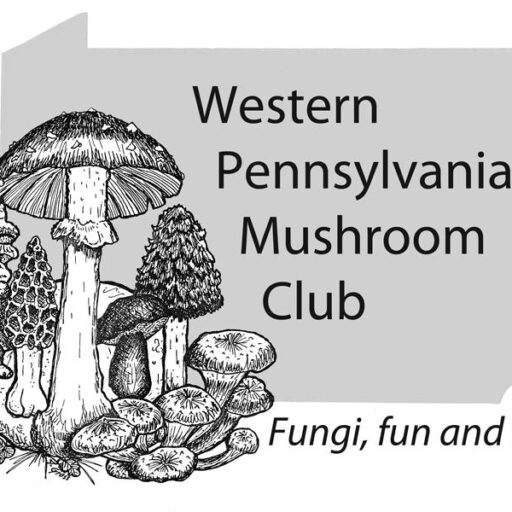
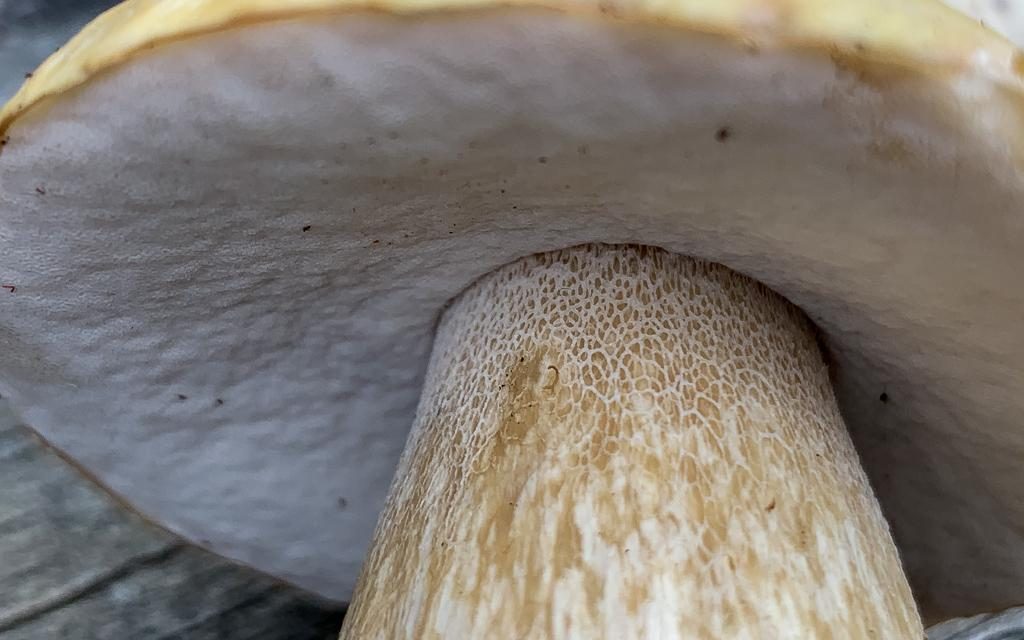


























































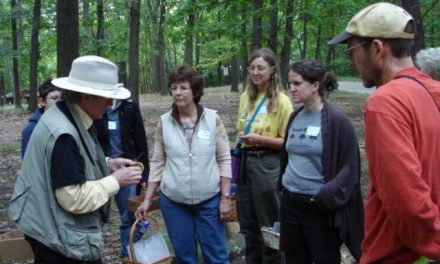
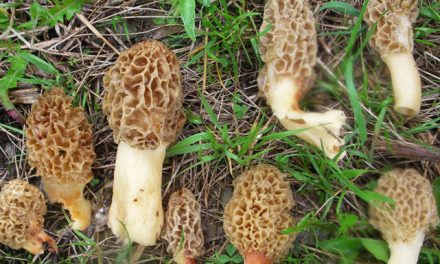
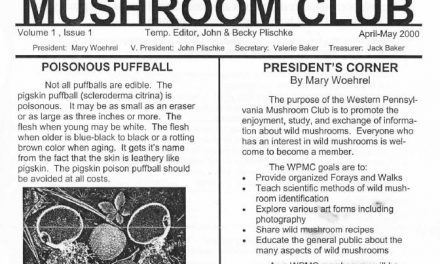
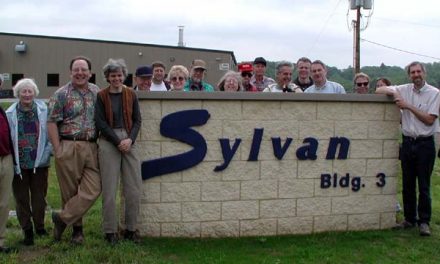

Recent Comments